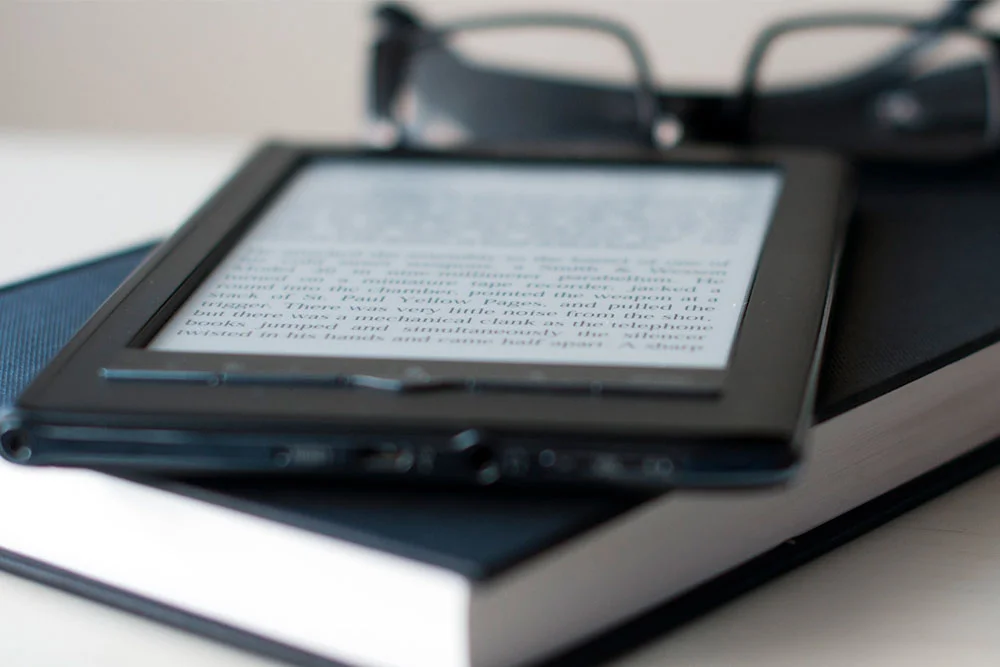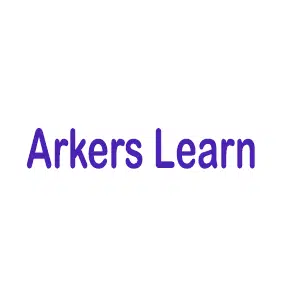
Virtual Reality in Education
Virtual Reality (VR) is a computer-generated simulation or three-dimensional interactive environment that allows users to immerse themselves in a digital world. It is a technology that creates a sensory experience, primarily focusing on sight and sound, but in some cases, also incorporating touch and even smell. The goal of VR is to make users feel like they are physically present in the simulated environment, even though they are actually interacting with a computer-generated, virtual space.
The key components of virtual reality typically include:
- Head-Mounted Display (HMD): The primary interface for VR, an HMD is a head-worn device that typically consists of a pair of screens or lenses placed close to the eyes, creating a stereoscopic 3D effect. It tracks the user’s head movements to adjust the view in real time, making the experience more immersive and responsive.
- Motion Tracking: To enhance the sense of presence, VR systems often include motion-tracking technology. This can be achieved through external sensors or cameras that track the user’s movements, allowing them to explore and interact with the virtual world using their body.
- Input Devices: VR experiences require input devices to interact with the virtual environment. These devices can include handheld controllers, data gloves, or even full-body tracking systems, depending on the complexity and type of VR experience.
- Computer Hardware: Running virtual reality applications demands significant computing power to render high-quality graphics and maintain a smooth, lag-free experience. Powerful computers or gaming consoles are often necessary to support VR applications.
Virtual reality can be used for various purposes, including:
- Entertainment: VR gaming is one of the most popular applications, offering immersive gaming experiences. Additionally, VR is used for virtual tourism, movies, and interactive storytelling.
- Training and Simulation: VR provides a safe and cost-effective way to train individuals in various fields, such as aviation, medical procedures, military training, and hazardous job scenarios.
- Education and Learning: VR can offer interactive educational experiences, allowing students to explore historical sites, visit remote locations, or visualize complex concepts in a more engaging manner.
- Architecture and Design: Architects and designers use VR to create virtual walkthroughs of buildings and environments, enabling clients to experience and provide feedback on designs before construction.
- Healthcare and Therapy: VR is utilized in therapeutic settings, such as exposure therapy for treating phobias, pain management, and rehabilitation.
Virtual reality continues to evolve, with advancements in hardware, software, and content creation leading to more realistic and immersive experiences. As technology progresses, VR is likely to find even more applications in various industries, further enhancing how we interact with digital worlds and experience virtual environments.
Virtual Reality (VR) has the potential to revolutionize education by providing immersive and interactive learning experiences. It offers a new dimension to traditional classroom teaching and opens up a world of possibilities for educators and students alike. Here are some of the ways VR is being used in education:
- Virtual Field Trips: VR allows students to visit distant and historically significant locations without leaving the classroom. They can explore ancient ruins, tour museums, visit foreign countries, or even venture into outer space, all through VR simulations. This makes learning more engaging and brings the subject matter to life.
- Hands-On Learning: VR enables students to engage in hands-on learning experiences that might otherwise be difficult or unsafe to achieve in real life. For example, VR can simulate science experiments, dissections, engineering projects, and more, providing students with valuable practical knowledge.
- Historical and Cultural Immersion: Students can step back in time and experience historical events or immerse themselves in different cultures using VR. This helps them develop a deeper understanding and empathy for historical contexts and diverse societies.
- Anatomy and Medical Training: In medical education, VR is used for teaching anatomy and surgical procedures. Students can explore detailed 3D models of the human body and participate in simulated surgeries to enhance their understanding and skills.
- Language Learning: VR language learning platforms can create virtual environments where students can practice speaking and listening to a foreign language with virtual native speakers, making language learning more interactive and effective.
- Special Education: VR can be tailored to accommodate students with different learning needs. It provides a multisensory approach to learning, making it especially valuable for students with learning disabilities or attention disorders.
- Soft Skills Training: VR is used to develop soft skills such as public speaking, leadership, and teamwork. Students can practice and receive feedback in realistic virtual scenarios, improving their confidence and competence.
- Problem Solving and Critical Thinking: VR simulations can present students with complex problem-solving scenarios and encourage them to think critically to find solutions. This fosters analytical skills and adaptability.
- Career Exploration: VR can expose students to various careers and industries by simulating work environments. This helps students make more informed career choices and understand the real-world implications of their interests.
- Virtual Classrooms: In situations where physical attendance is challenging, VR can facilitate virtual classrooms, allowing students and educators to interact in a shared digital space.
While VR in education offers numerous benefits, it’s essential to consider the cost of implementing the technology and ensuring that the content aligns with the curriculum and learning objectives. As the technology advances and becomes more accessible, we can expect to see even more innovative and impactful uses of virtual reality in education.



